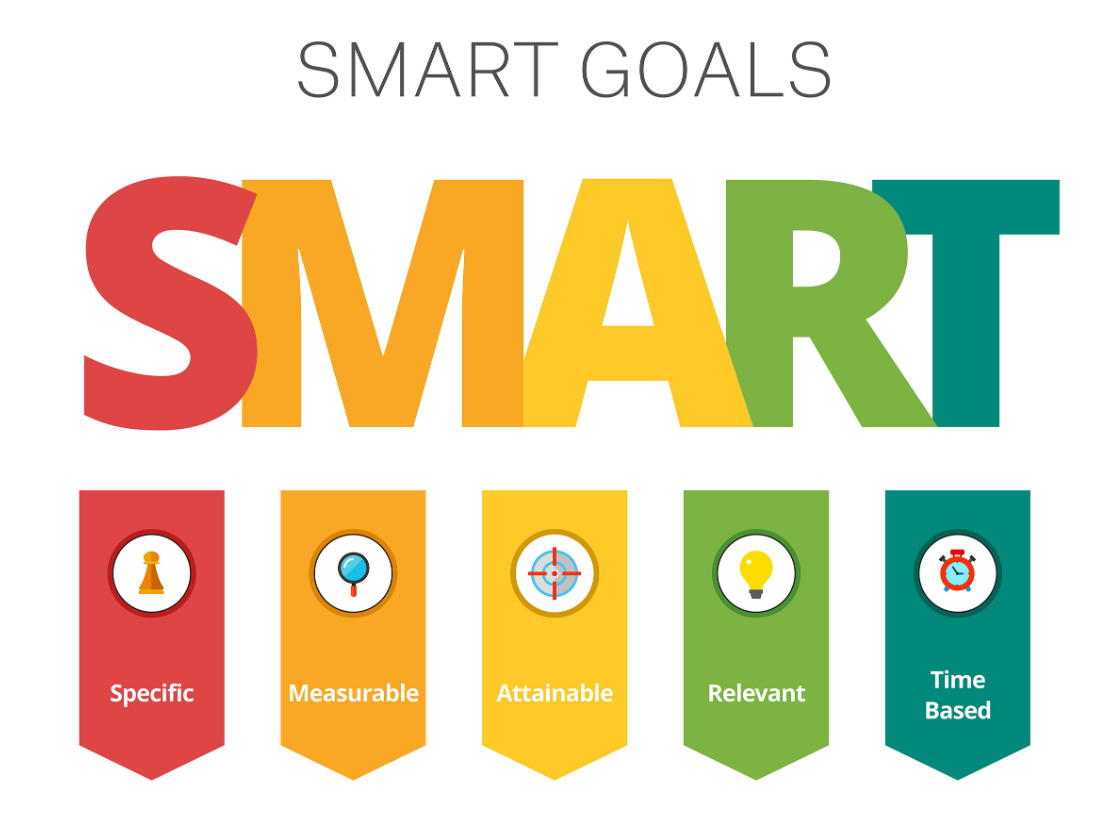According to a Hubspot survey, nearly 69% of customers believe sales reps can make their experience more positive by listening to their needs. The question is: How can your sales team listen to its existing and potential customers? The short answer is data. Giving data to your sales team means your reps can better understand their customers and ace more negotiations.
One of the main ways to gain insights is through assessments or surveys. Why rely on guesswork when your customers can tell you what they like and dislike? Of course, your sales team may need to discuss internally and perhaps even get some training to properly digest the feedback and come up with plans of action.
Convert the right prospects into customers
No amount of communication skills can help your team with their negotiation performance unless your team first understand their customers.
Imagine trying to sell someone a pen without realizing that they can’t write. Your prospect might still want a pen as a gift for their loved one, but that would be a different type of sale. That’s why you need surveys, and of course, a solution that helps you create powerful and appealing surveys.
When you qualify your prospects, you can ensure your team aren’t wasting their precious sales time. According to a survey conducted in 2018, nearly 50% of the prospects your sales team are trying to sell your product to could be noncustomers. How much could you save and how more effective could your team be if they knew how to qualify these noncustomers sooner?
Target your training
To keep negotiation skills fresh, it pays to keep sales training material up-to-date and relevant.
Sales trainer Calum Coburn advises: “We assess not only our clients’ sales teams’ negotiation capability, but also that of our open enrollment sales training New York City participants. The insights shared with our clients’ leadership have been instrumental in both our training events, as well as in shifting some key internal markers, such as stakeholder alignment.”
When sales training is regularly assessed and tailored according to findings, sales reps stand the best chance of making more sales. That’s why sales managers benefit from the use of internal surveys to keep a check on how their team feel the company’s training impacts their negotiation performance.
Set goals
Setting goals based on survey responses allows you to motivate your sales team to perform better. The “SMART” tool strategy can be the best instrument for your organization:
- Specific
- Measurable
- Achievable
- Realistic
- Time-Based
Be sure to survey your team about their weaknesses, strengths, and the areas they should improve. You can also ask your team to write down their own goals to see where personal goals overlap with organizational goals.
Improve presentations
Survey data aids in producing sales presentations that back up the key sales points to the target audience. When your sales team uses real figures to quantify a benefit of the product or service they’re selling, customers are more likely to want to engage.
Presentations also benefit from product-specific training. Here’s what you can do:
- Teach your team the best ways to showcase to customers.
- Organize training sessions that focus specifically on improving weaknesses.
- Use quizzes to test their product knowledge.
- Conduct mockup customer interactions and test sales skills in a variety of scenarios.
Enhance your surveys for the best results
Providing your team with quality data from consumer research can give a strong understanding of your target audience. The following are some ways in which you can make your surveys more powerful and appealing to improve quality of data:
Use a mix of questions
Different question types are more useful for different objectives.
Close-ended
Sometimes, all you want is a straightforward response. When you need simple, easily measurable answers, choose close-ended questions. These questions often require a yes or no answer, or a very short response. A popular form of this type of question is multiple choice. Examples of close-ended questions include:
- Are you satisfied with our service?
- On a scale of 1-10, how happy are you with…?
- Out of the three products listed below, which product do you feel most favorably toward?
An added benefit of close-ended questions is that customers are more likely to be willing to answer, as little effort is required.
Open-ended
Sometimes, you may need to know more. When you want to get a measure of how customers really feel, open-ended questions let you know the sentiment behind an answer. For example, “How would you change [product X]?” allows the survey participant the freedom to give their thoughts in their own words.
Include the ranking option
Using ranking in your survey means customers can rate their like or dislike for a product/service with ease. Ranking can help you know what’s best for your customers, but more importantly, you will know the inclination of your audience before introducing a new solution.
If you are interested in knowing how your customers feel about your products, services, or your brand, choose a service that allows a mix of questions. The ReportR plan from SurveyAnyPlace is a great option.
Take advantage of ratings
With the help of rating questions, you can evaluate the problems that your customers might be facing. You can also use this option to know whether your customer will welcome an upcoming change in your product/service or brand.
When you get a report on customer ratings, you will have a clear vision of what type of target audience you have, and you can organize your sales campaign accordingly.
Make surveys attractive with images
Adding images to your questionnaires and surveys can make them more appealing. Not to mention, images often speak more powerfully than text-only information. By using images in addition to words, your customer is more likely to give answers useful to your line of enquiry.
For example, maybe you’d like to upgrade your brand’s logo but aren’t sure if your customers will like the change. You can survey customers to choose the logo they like best. SurveyAnyPlace’s ReportR package is one service that lets you upload images to your questionnaires and surveys.
Types of surveys to focus on
Having a clear idea of your research objectives will guide you on the best kind of survey to use.
Market segmentation
These surveys help you divide your customer base into smaller groups to direct your marketing efforts. You can develop a clear picture of your potential customers and find out where a customer lands on your sales funnel. You can also segment your leads into hot and cold leads based on the survey responses.

Customer intention
Customer intention surveys offer insights into customer buying decisions. By analyzing the data, you can outline the right negotiation strategy to approach your leads and prospects. You can find out:
- What your customers are aiming to get when they buy your product/service.
- Why your customers want to be your customer.
- The reasons for choosing your product/service/brand.
Conclusion
Collecting quality data is crucial when it comes to improving your sales team’s performance. So, knowing the customer is one of the most important factors when it comes to directing the focus of sales training.
It also pays to regularly survey your reps to find insights into what works and what doesn’t within the team. Taking the time to hone your sales team’s negotiation skills is a worthwhile investment in boosting your reps’ morale and your business’ revenue.



